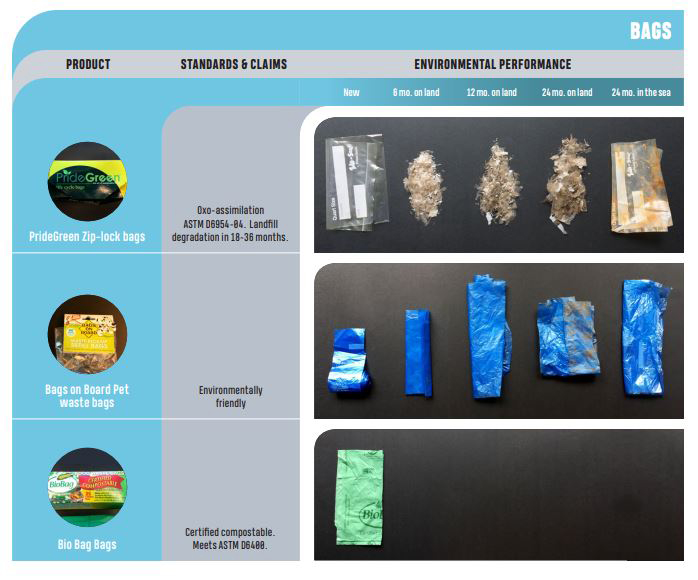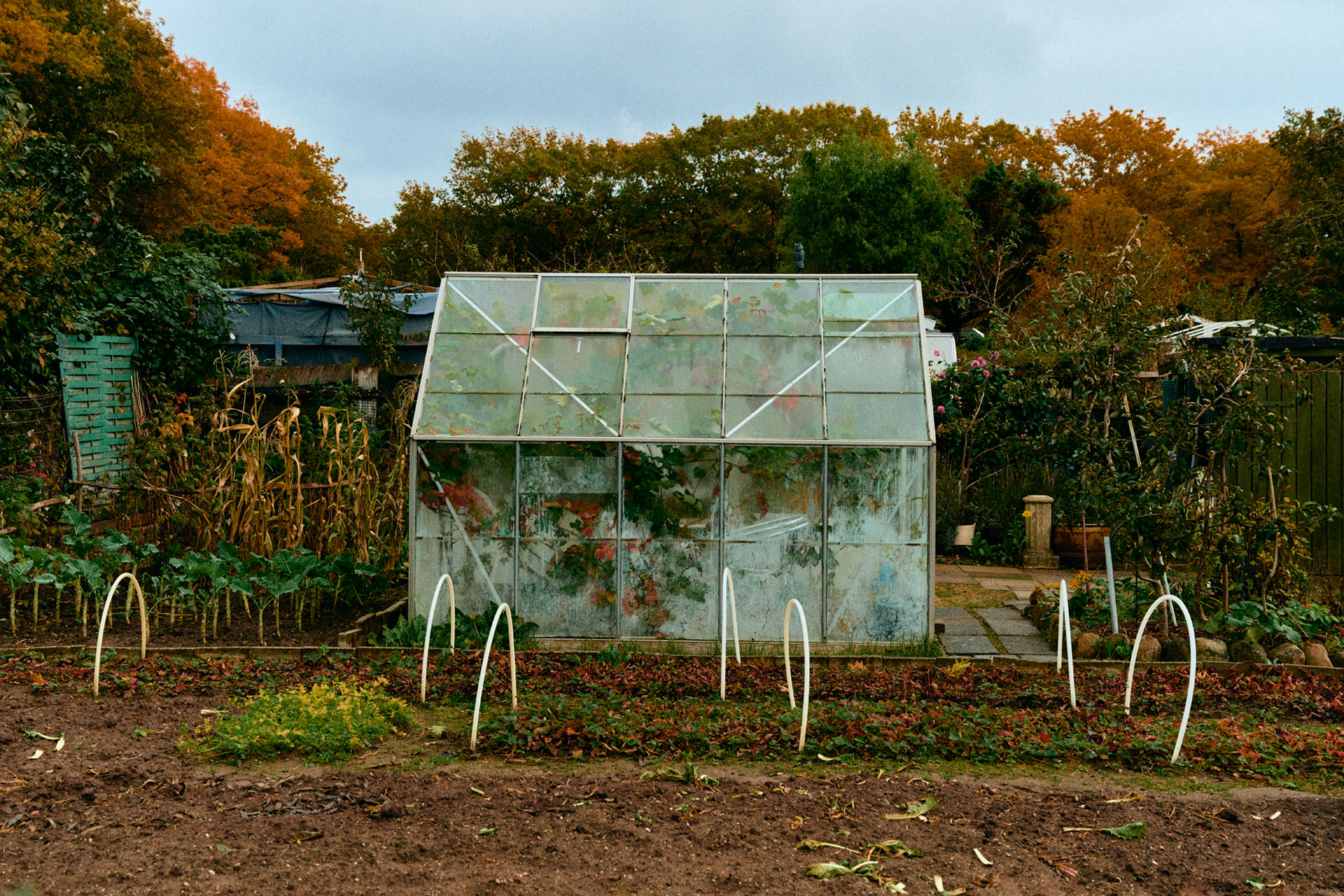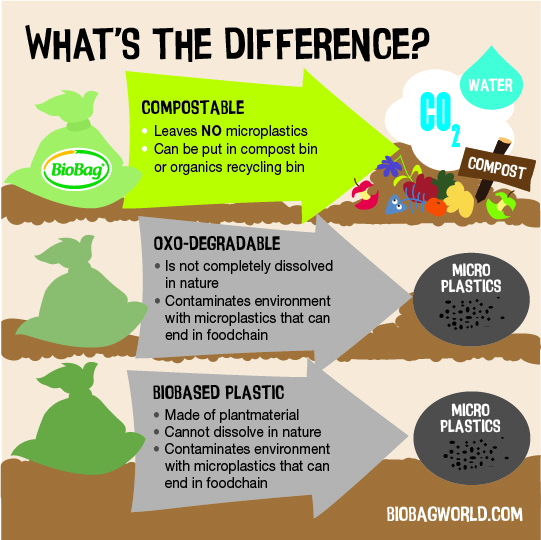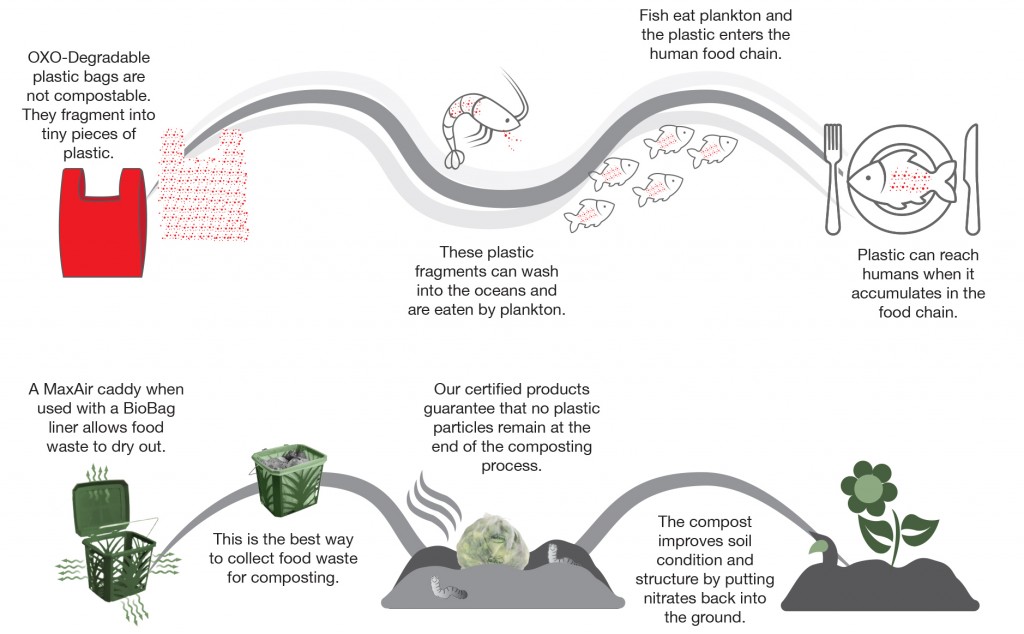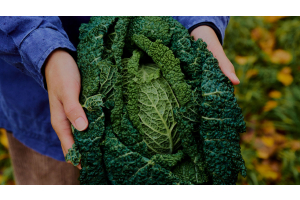Page 2 - Microplastics
-
Posted: March 02, 2020Categories: MicroplasticsRead more »
Four sets of Biobags were tested - one in a backyard compost box for 6 months, a second for 12 months, and the last for 2 years. The composting environment was an open-air box, with the items placed in clay flower pots, and then buried 6 inches and left untouched in the composting bed until recovered. This served as a stand-in “best case” scenario for if that product was littered on land and was in contact with soil. It was not meant to simulate an actively managed and turned home compost system or an industrial compost environment. The fourth set was submerged under a dock in the ocean for 2 years.
-
Posted: January 27, 2020Categories: MicroplasticsRead more »
How the study was conducted
The research team used the biodegradable polymer PBAT, which they labelled with a carbon isotope. This isotope labelling allowed the researchers to trace the polymer-derived carbon in various biodegradable pathways in the soil. It turned out that the carbon from PBAT had not only become carbon dioxide (CO2) as a result of microbial respiration but had also been transformed into biomass by the microorganisms.Biodegradable bioplastic decomposes
It has been scientifically proven that biodegradable bioplastic actually decomposes. The researchers are the first to show where the carbon from a polymer ends up and that the plastic material is fully biodegradable in the soil. "It shows that there are no residues after the biodegradation other than water, CO2 and biomass," says Hasso von Pogrell, Managing Director of European Bioplastics e.V. "This study contradicts two concerns that are often raised in relation to biodegradable bioplastics: 1) The doubts that microorganisms -
Posted: September 14, 2018Read more »
If we continue as we do today, then there can potentially be 12 billion tonnes of plastic ending up in the environment by 2050. The problem with non-biodegradable plastic is that plastic accumulates in the environment. Certified compostable and biodegradable plastic combats an accumulation of plastic.
It is fortunate that there are alternatives to conventional plastic bags. The green Biobags used in many large cities across Europe are one of these options. Biobag waste bags, sacks, and films are certified compostable and biodegradable according to the European Standard EN 13432, the US Standard ASTM D6400 and the Australian Standard AS473.
-
Posted: May 19, 2017Categories: MicroplasticsRead more »
Biodegradable versus Fragmentation
A major problem with plastics is the lack of proper labeling to distinguish between products that are in fact compostable and biodegradable and those which only break down into fragments. Certified compostable and biodegradable products return to soil as they break down over the course of a few years. Fragmentational products reduce to a point of not being visible, but remain as plastic products in landfill at best or in our forests at worst. It’s an important distinction for eco-friendly people who want to minimize their footprint in their personal and business lives. At some point, everybody will use a non-biodegradable plastic product but it’s nice to know which items or harmful to the environment and keep their use to a minimum and use fully compostable and biodegradable products when available.
-
Posted: October 04, 2016Read more »
What is a circular economy?
A circular economy is a sustainable model that minimizes waste and maximizes resource use. Unlike the traditional linear economy of 'take, make, dispose,' it focuses on keeping products and materials in use and regenerating natural systems. Key principles include:
- Designing out waste: Creating products that can be easily disassembled and reused, reducing pollution from the start.
- Maintaining product use: Extending product lifespans through repair, refurbishment, and recycling.
- Regenerating natural systems: Supporting natural processes and using renewable resources.




